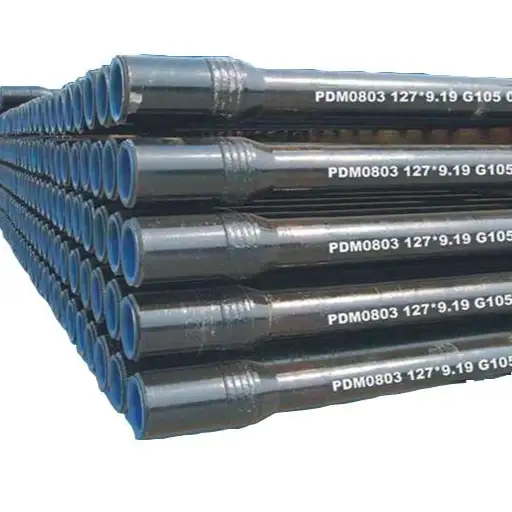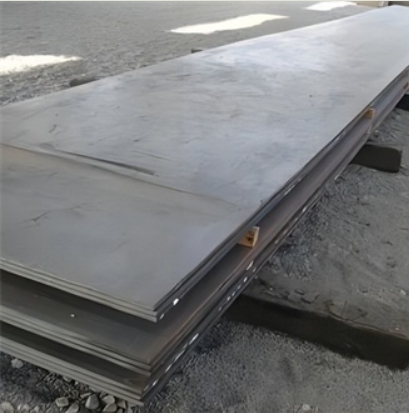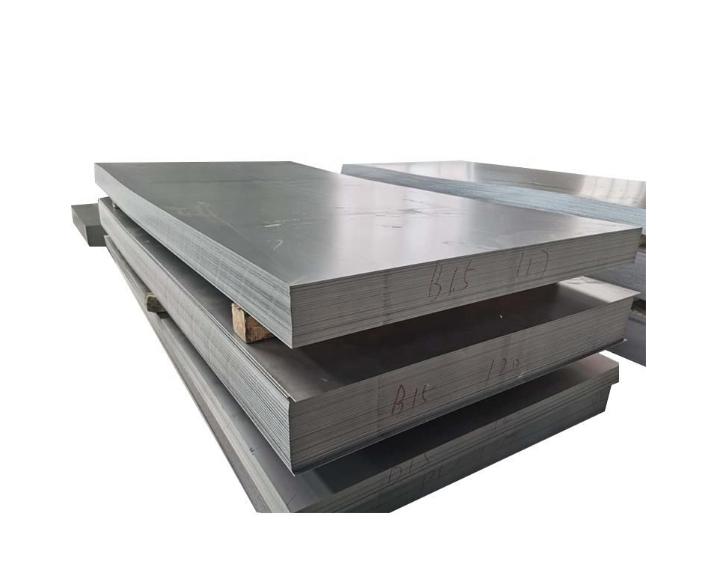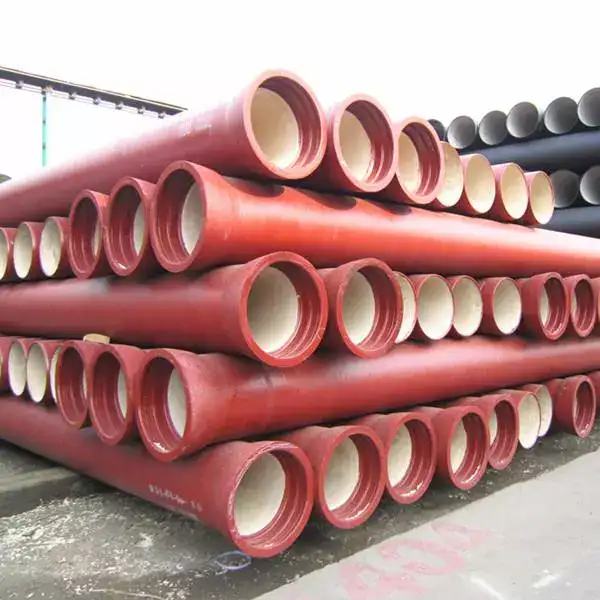As of 2025 API-spec drill pipe prices show wide variation by grade, heat-treatment, connection type and origin. Typical Chinese FOB ranges seen in market listings sit roughly between USD 520–1,850 per tonne (low-end commodity runs to premium heat-treated/API-monogram items). Buyers in regions with import tariffs or high freight will routinely pay materially more. For cost-sensitive projects we recommend sourcing directly from reputable Chinese manufacturers with factory pricing, fast stock delivery and customization options — for example, Luokaiwei can offer direct factory pricing, custom make-ups and quick lead times for stocked items.
What is API 5DP drill pipe
API Specification 5DP defines requirements for drill pipe used in drilling operations: materials (grades), mechanical properties, manufacturing (forging, threading, upset), testing (non-destructive testing, hydrostatic where required) and marking. API 5DP outlines commonly used grades such as G105, H40, J55, N80, S135 (with G105 and S135 widely used for high-strength drill strings). Compliance and (where required) the API Monogram are major quality and value differentiators.
Quick 2025 pricing snapshot
-
Indicative Chinese FOB price range (2025 listings): USD 520 – 1,850 / tonne depending on grade (plain vs heat-treated), connection type and lot size. Lower end represents commodity, non-heat-treated stock; upper end represents premium, heat-treated/API-monogram items.
-
Small-quantity or retail part pricing (per-joint prices on marketplaces) may show much lower per-piece numbers but scale poorly for large projects and often exclude inspection/certification costs.
-
Regional uplift: import tariffs, anti-dumping duties, inland freight and familiarity with supplier QA can add 10–50% or more to FOB price when landed into the U.S., EU, or Latin America. Macro trade actions in 2025 have raised costs in some markets.
Which technical features move price most
When we price drill pipe we focus on the factors that materially change manufacturing cost and value:
-
Grade / tensile & yield strength (G105 vs S135): higher grades require different heat treatment and alloy chemistry; production yield drops and testing is more intensive — adds cost.
-
Heat treatment and quench/tempering: controlled HT cycles and additional inspections increase unit cost.
-
Upset & internal/external connection style: premium tool-joint connections (e.g., premium alloy tool joints, integral upset patterns, rotary coupling features) cost more.
-
Wall thickness / OD size: heavier wall/large OD means more steel per meter — direct material cost increases linearly with weight.
-
Threading & premium connections (e.g., API RL, premium NC threads): precision machining and gauging increase cost.
-
Certification (API Monogram/APIQR) & testing: a certified API Monogram product costs more due to audit, traceability and third-party oversight.

2025 standard updates & certification notes
API periodically issues addenda and clarifications. In January 2025 API published addenda affecting second-edition API 5DP (May 2020) — buyers should confirm the effective clauses, Monogram acceptance and the effective date for Monogram program items. Purchasing to the latest API revision or requiring the Monogram will typically add to lead time and unit price (but reduces long-term risk).
Typical sizes, weights and pricing implications
Drill pipe is supplied in a range of nominal diameters and wall thicknesses. Weight per foot (or per meter) is the simplest input to convert steel price into per-joint material cost. Published reference tables (nominal OD, I.D., wall thickness and lbs/ft) are used by all purchasers to convert a quoted USD/tonne into a per-joint price for a given make-up. When we quote customers we always ask for nominal OD, wall, grade and connection because price swings with those items.
Global price comparison
Table reflects public online listings and market reports in 2025. Prices shown are indicative ranges and must be confirmed with firm supplier quotes (shipping, certification and lot size affect final landed price).
| Region / Seller type | Indicative price (USD / tonne) | Typical grade/notes | |
|---|---|---|---|
| China — commodity listings (bulk) | USD 520 – 630 / t | Basic API 5DP, larger MOQ, non-premium heat treat. | |
| China — premium/API & HT | USD 1,100 – 1,850 / t | HT, premium connections or smaller MOQ FOB offers. | |
| B2B marketplaces / retail listings | Per-joint low US$ figures (varies) | Small orders; usually exclude testing/packing. | |
| Global landed (USA/EU) | FOB price + 10–50% uplift common | Tariffs, freight, inland handling and inspection add cost. |
Notes on the table: Market listings vary based on connection type, certification and whether the price includes mill certificates, API Monogram responsibility, or 3rd-party testing. Always request an itemized quote (material, heat treatment, NDT, connections, testing/packing, freight).
Market drivers in 2025
We monitor three macro groups that determine price trends:
-
Steel raw material & energy costs. Base steel billet and scrap prices remain the primary input. Increases in domestic steel input flows to higher pipe cost. Market reports for drill-pipe show steady growth in demand to 2029, pushing component demand in the near term.
-
Drilling activity / rig counts. Higher rig counts raise replacement and new-build pipe demand; E&P capital cycles therefore matter to drill-pipe pricing. Market intelligence reports project continued moderate growth in drill-pipe market size into the late-2020s.
-
Trade policy & logistics. Tariffs and trade restrictions (2025 measures in some markets) push landed prices higher; shipping congestion and container rates also affect lead times and price volatility.
Manufacturer cost structure & quality steps that add price
From our production experience the following operations are the cost “jumps”:
-
Forging & upsetting — high-quality upset and controlled grain flow require skilled forging and process controls.
-
Heat treatment — furnace cycles, quenching media, tempering and associated testing add fixed and variable cost.
-
Threading & precision machining — tight thread tolerances for premium connections need calibrated machines and gauges.
-
Non-destructive testing (NDT) — full NDT (UT, MPI) and magnetic particle inspection add per-unit inspection cost.
-
Material traceability & test reports — full mill-certs, heat numbers and certified test reports (CTRs) are expected on API items and cost money to produce.
-
Third-party audits / API Monogram — licensing, audits and system controls increase overhead.
A low quote that lacks these items is low for a reason — the missing elements will show up later as rework, failed inspection or quality risk.
Buying strategies to lower total life-cycle cost
We advise customers to think past the spot unit price:
-
Specify the minimum necessary grade and spec. Over-specifying premium grades for benign wells raises cost without proportionate benefit.
-
Buy larger lots and negotiate a package (material + testing + packing + freight) to capture factory discounts.
-
Insist on traceability & a bill of materials to reduce rework costs on arrival.
-
Factor in inspection & acceptance tests locally — pre-shipment inspection reduces rework risk.
-
Consider refurbished or reconditioned stands for non-critical workstrings when appropriate.
-
Use a trusted manufacturer that can handle API Monogram or provide equivalent quality documentation to prevent downstream acceptance issues.
How we at Luokaiwei quote drill pipe
When a buyer asks us for a quote we request (at minimum):
-
Nominal OD and wall thickness (or weight/ft) and joint length.
-
Grade required (G105, S135, etc.) and any heat treatment spec.
-
Connection type and make-up (plain end, API Rod, premium threads, NC38/50, etc.).
-
Quantity (tons, joints, or stands).
-
Required certification (mill cert, NDT reports, API Monogram).
-
Destination (port or door) so we can calculate freight and duties.
Providing this lets us give an apples-to-apples quote: material, processing, testing, packing and freight. Quotes that omit testing/inspection will be lower but risky.
Example: budgeting for a mid-size land rig
This is a simple illustrative example (not a formal quote). Precise costs require exact sizes, grades and connections.
If a rig needs ~100 tonnes of drill pipe and we assume a mid-range FOB China price of USD 1,200/tonne for heat-treated/API-ready material, the material cost is roughly USD 120,000 FOB. Add pre-shipment inspection (~USD 2,000–5,000 depending on scope), packing and export (~USD 2,000–6,000), sea freight (~USD 4,000–10,000 depending on destination), and duties/clearance (varies): total landed cost will typically be 30–60% higher than the FOB material figure in markets with tariffs and long inland transit. Ask your supplier for a full landed cost breakdown. (Prices in the table above give context to the per-tonne assumptions.)
Why buy from a direct Chinese manufacturer like Luokaiwei
We work with global buyers and, from our perspective, the common buyer priorities are: price transparency, dependable quality, short lead times for stocked items, and customization. Luokaiwei (and similar factory suppliers) can offer:
-
100% factory price advantage — we sell direct, removing middleman markups.
-
Customization — custom wall thickness, connections and heat treatments to spec.
-
Fast delivery for stocked items — we keep common grades/sizes in stock for quick shipment.
-
QA and documentation — we provide full mill-certs, NDT reports and can support third-party inspection.
-
Competitive packaging and export experience — to reduce damage and delays in transit.
FAQs
Q1: How much more does S135 cost compared with G105?
A: Premium grades like S135 carry higher processing and testing costs (heat treatment and stricter acceptance). Market premiums vary, but expect a noticeable uplift compared with G105 — exact percent depends on lot size and supplier (confirm with itemized quote).
Q2: Do I need API Monogram product?
A: If your project requires the highest traceability and third-party oversight (major operators, some national oil companies), yes. Monogrammed items cost more due to audits and system controls but reduce acceptance risk.
Q3: Are cheap marketplace listings safe for critical wells?
A: Not without careful verification. Low listing prices often exclude required testing, packing or traceability — for critical wells that risk is unacceptable. Always request test reports, heat numbers and, if needed, third-party inspection.
Q4: How do tariffs affect landed cost in 2025?
A: Tariffs and trade measures can add double-digit percentage increases to landed price (10–50%+ in some cases). Check the current tariff regime for your import country and obtain a landed cost calculation.
Q5: What is the minimum information a supplier needs to quote correctly?
A: Nominal OD/wall or weight/ft, grade, connection type, quantity and destination port (plus certification needs). With these we deliver an itemized FOB or CIF quote.
Authoritative references
- “Drill pipe” — Wikipedia (overview of drill pipe uses and basic terms)
- American Petroleum Institute (API) — Standards and Spec documentation (API publications catalog and program information)
- API Spec 5DP (example public PDF of the drill-pipe specification)
- API 5dp Drill Pipe
- Drilling Tools International — Drill pipe data tables (weights, OD, wall, conversion tables)







